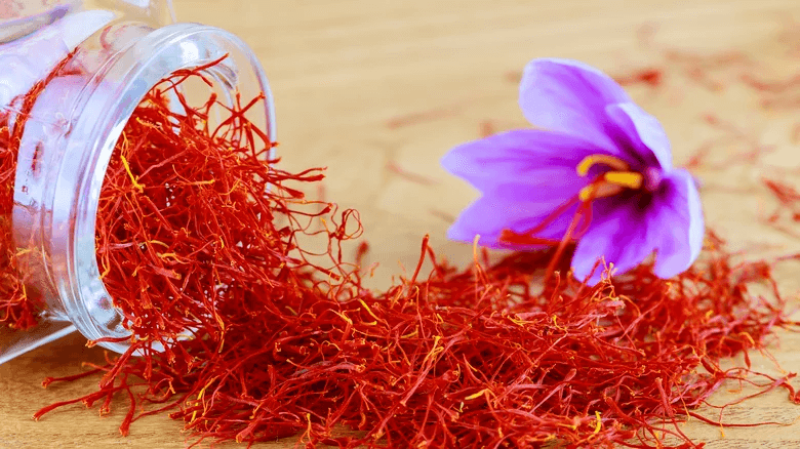Uncategorized
Saffron Struggles and Innovations: A Spice’s Battle Against Climate Change
Beneath the majestic snow-capped peaks of Indian-administered Kashmir lies the enchanting town of Pampore. Renowned not only for its breathtaking scenery but also as India’s saffron hub, Pampore is at the heart of an industry often referred to as “red gold.”
Saffron, derived from the crocus plant, commands a staggering $1,500 (£1,200) per kilogram, making it one of the world’s most valuable spices. In the months of October and November, the fields surrounding Pampore transform into a sea of purple as crocus plants burst into bloom, marking the saffron harvest.
Monis Mir, a fourth-generation saffron grower, paints a vivid picture of the intricate saffron cultivation process. Each kilogram of saffron requires the meticulous effort of harvesting between 200,000 and 300,000 flowers. From planting corms, plucking delicate flowers, to the final grading, every step is a labor-intensive dance performed by skilled workers with decades of expertise.
However, Mir notes a decline in productivity over the years, attributing it to unpredictable weather patterns. Climate change, with erratic rainfall and rising temperatures, has disrupted the once-flourishing saffron fields. The amount of land dedicated to saffron production in Kashmir has also dwindled, now facing challenges from urban expansion and insufficient investment in irrigation.
To combat these challenges, Dr. Bashir Allie, heading the Saffron Research Station, is pioneering the breeding of hardier crocus plants. Using mutation breeding techniques involving radiation exposure to disrupt plant DNA, Dr. Allie aims to create gene mutations that enhance the plants’ resilience to changing climates. Results have been promising, providing a glimmer of hope for saffron farmers.
Meanwhile, some entrepreneurs are taking radical approaches to saffron production. Shailesh Modak, a former software engineer turned farmer, has adopted hydroponics – cultivation without soil – in a controlled environment. Operating in a shipping container fitted with air conditioning, circulation systems, and controlled remotely via custom software, Modak’s experimental venture aims to create a climate-independent environment for saffron growth.
In Pampore, Dr. Allie has explored a similar strategy, growing crocus plants indoors for part of the year. This innovation offers protection to the delicate plant and has proven successful for some farmers, ensuring higher productivity and maintaining saffron quality.
As saffron faces the challenges of a changing climate, these innovative approaches provide a glimpse into the future of spice cultivation, where technology and traditional practices converge to preserve the legacy of “red gold” in the heart of Kashmir.













